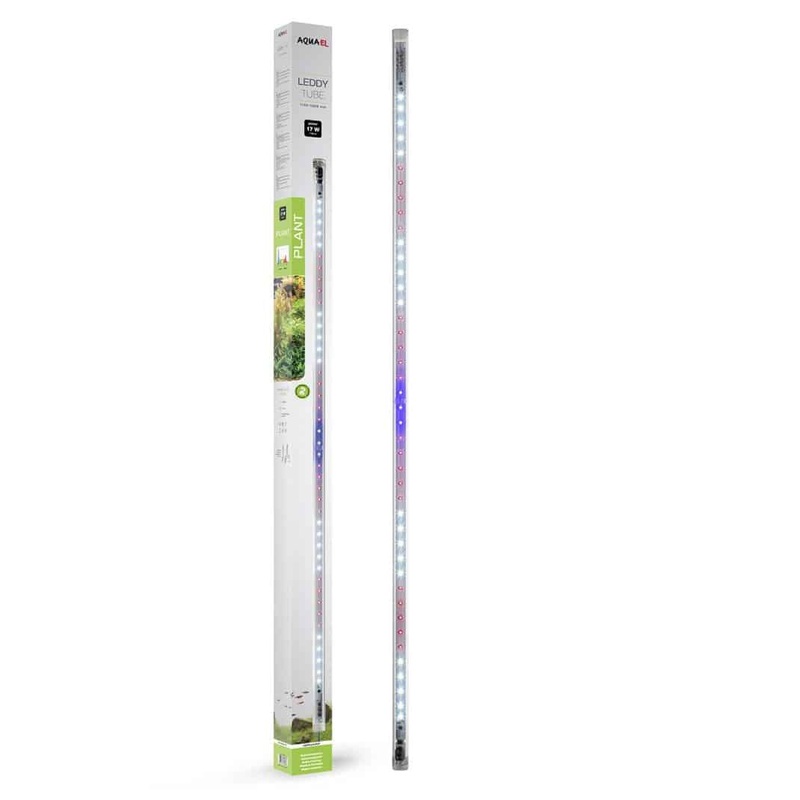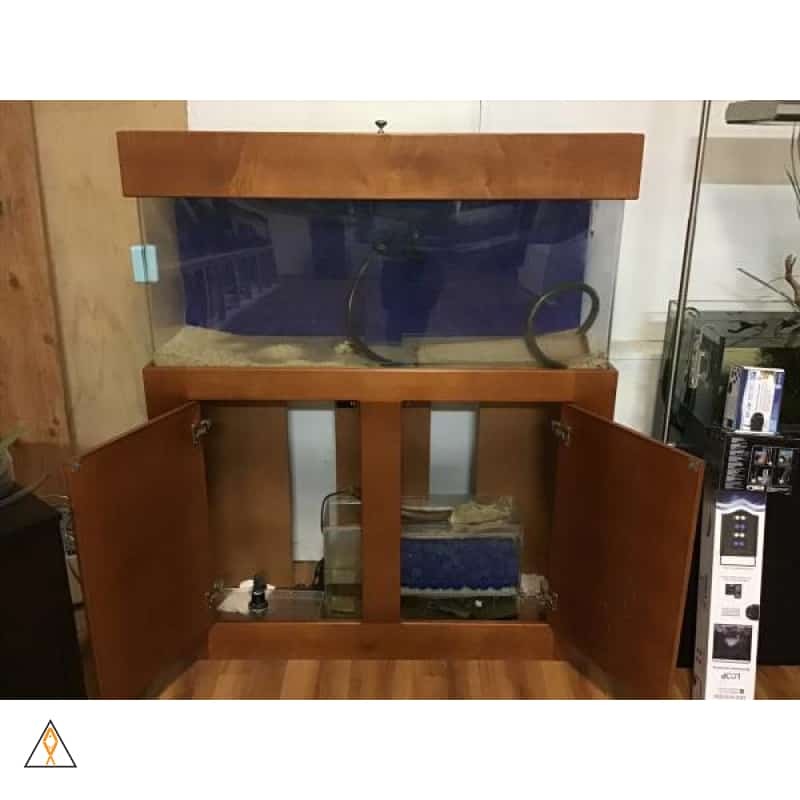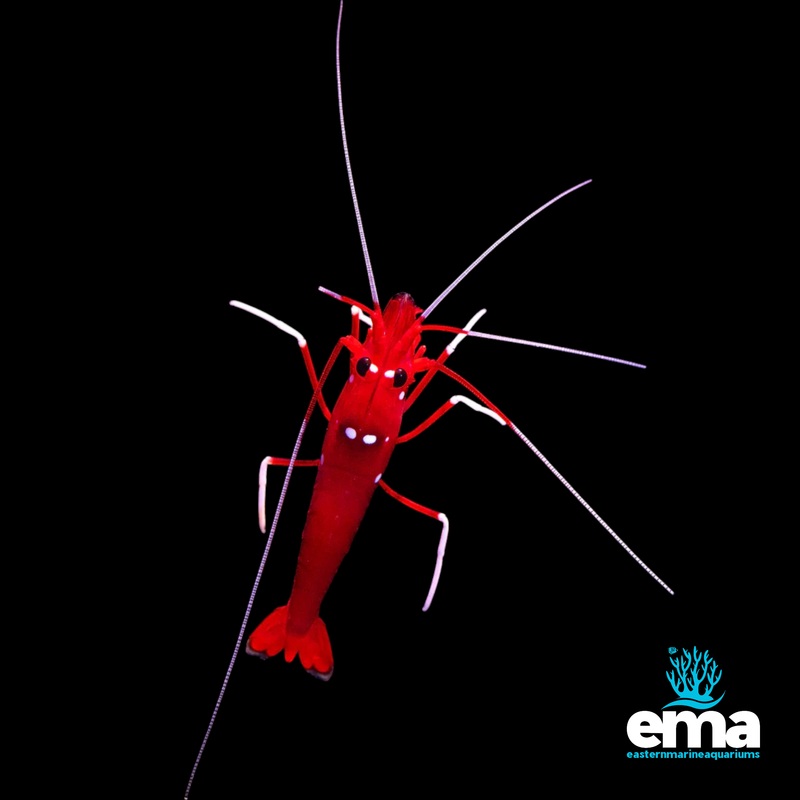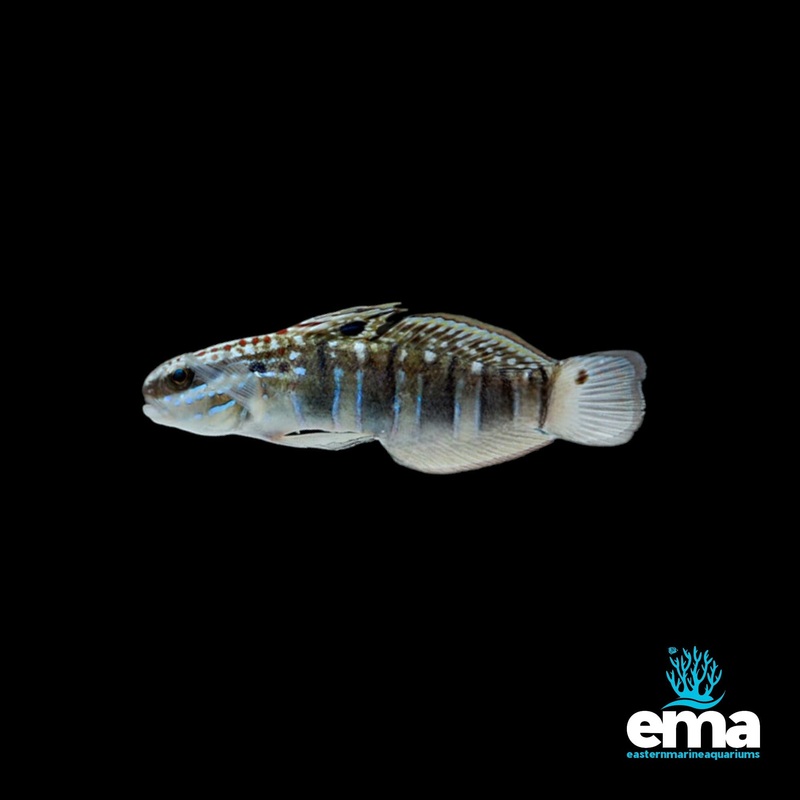 Sale!
Sale! Aquael Leddy Tube Plant 17W
- $193.00
- $96.50
Properly selected LEDs are the basic source of light in modern aquarism. They effectively displaced the previously used fluorescent lamps, incandescent bulbs and compact fluorescent lamps from the market. Compared to them, they have anumber of advantages.
- 100% Happiness Backed or Your Money Back
- Free Delivery on 30+ Orders
- 60-Day Hassle-Free Returns
Properly selected LEDs are the basic source of light in modern aquarism. They effectively displaced the previously used fluorescent lamps, incandescent bulbs and compact fluorescent lamps from the market. Compared to them, they have anumber of advantages. They allow for asignificant reduction in electricity consumption, because by producing the same amount of light as fluorescent lamps, they consume up to half as much. And this translates into both lower electricity bills beneficial for the aquarists pocket and environmental protection. They do not often have to be replaced with new ones, because they can work up to 15,000 hours, which again is associated with a large saving of money, environmental protection and less labor intensity. At the same time, they do not unnecessarily heat the water in the aquarium, they shine directionally only towards the water surface (so you do not need to use additional reflectors), besides, unlike traditional fluorescent lamps, they have atwo-year manufacturers warranty.
Why do we illuminate the aquarium?
There are usually two reasons. First of all, the tank is nice, that is, it looks natural. The light is to make the fish and plants have beautiful, appropriate colors for agiven species, and the whole will be an unquestionable decoration of the room. The second goal is equally important the vast majority of aquarists want to have healthy, well-growing plants in the aquarium. And plants need light to grow for 10-12 hours aday, which is the drive of photosynthesis anatural process as aresult of which they transform inorganic compounds into organic substances necessary for their life. Thus, properly selected light is to guarantee at the same time that the aquarium will look nice and the plants will grow well in it.
The LEDs installed in the LEDDY TUBE SUNNY module emit light with acolor temperature of 7000 K. This provides good conditions for aquarium plants and guarantees faithful color reproduction of all inhabitants of the aquarium.
How much light in the aquarium?
How much light does the aquarium require? It depends on what species of plants we are going to grow in it. In terms of light requirements, they can be divided into three groups:
Group I shade-bearing species, e.g. pelia, mosses, winged microzorium, screw diver, some compact (e.g. aponogetonolist, Wendts compact, Backetts warbler, Malayan warbler), anubias.
Group II moderately photophilous species, e.g. spherical twig, water tintland, rhododendrons, tiger lotus, ludwigie, broad-leaved vodka, three-flowered vodka, monkfish, broad-leaved arrowhead, Argentine marsh, giant diver, compact, limnophils, small-leaved bacopa, Thai krina, poniko, Japanese gloss, swordfish.
Group III definitely photophilous species, e.g. cabombs, glossostigma, hemiantus.
Usually, the conversion of lighting power per liter of aquarium is used. It is conventionally assumed that in the case of LED lamps for growing shade plants, min. 0.15-0.2 W for each liter of water. Moderately demanding plants need 0.25-0.4 W / l, and those definitely photophilous even 0.5-0.7 W / l.
The day in the aquarium can fall on virtually any part of the day. If the tank stands far from the windows and is illuminated only by artificial light, the hours of switching on and off the lighting can be practically any. It is best to simply adapt them to our preferences and the hours when we are usually present in the apartment (e.g. dawn at 3 PM and dusk at 1 AM). We can then enjoy the beauty of our own piece of the underwater world at will.
Cost:
$25
Free Shipping:
We offer free shipping on orders over $30. Please check the free - shipping eligibility at checkout.
Delivery Time:
It usually takes [3-5] business days for standard shipping. Please note that this is an estimated time frame and may be affected by local holidays, and unforeseen circumstances.






Reviews
There are no reviews yet.